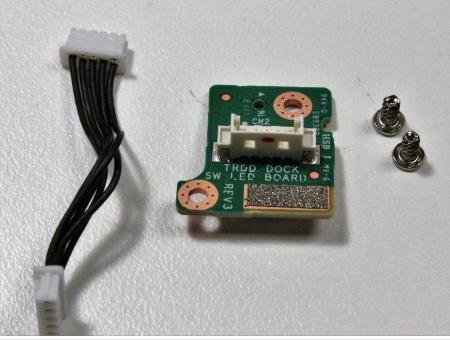Flexible Printed Circuit (FPC) is a highly reliable and excellent flexible printed circuit board made of polyimide or polyester film. It has the characteristics of high wiring density, light weight, thin thickness, and good bendability. At present, several FPC flexible circuit boards in the mainstream of the market are: single-sided, double-sided, multi-layer and rigid-flex board. Then these 4 What are the characteristics of the application of species separation in which neighborhoods, and then I will work with the editor to deepen the understanding.
1. Single-sided FPC is a circuit board with extremely low cost and low electrical function requirements. When single-sided wiring, single-sided FPC should be used. It has a layer of chemically etched conductive patterns, and the conductive pattern layer on the surface of the flexible insulating substrate is a rolled copper foil. The insulating substrate can be polyimide, polyethylene terephthalate, aramid cellulose ester and polyvinyl chloride.

2.Double-sided FPC is a conductive pattern made by etching on both sides of the insulating base film. The metallized hole connects the patterns on both sides of the insulating material to form a conductive path to satisfy the flexibility of the planning and application function. The cover film can protect single and double-sided wires and indicate where the components are placed.
3. Multi-layer FPC is to laminate 3 or more layers of single-sided or double-sided FPC together, and form metallized holes through drilling and electroplating, forming conductive paths between different layers. In this way, there is no need to select a complicated welding process. Multilayer circuits have huge functional differences in terms of higher reliability, better thermal conductivity, and more convenient assembly functions. When planning the layout, the mutual influence of assembly size, number of layers and flexibility should be considered.
Fourth, the traditional rigid-flex board is composed of rigid and flexible substrates selectively laminated together. The structure is compact, and the metallized hole L forms a conductive connection. If a circuit board has components in both the positive and the discrepancy, just FPC is a good choice. But if all the components are on one side, it will be more economical to choose a double-sided FPC and laminate a layer of FR4 reinforced material on the reverse side.
5. Hybrid FPC is a multi-layer board, the conductive layer is made of different metals. An 8-layer board uses FR-4 as the inner layer medium and polyimide as the outer layer medium. Leads extend from three different directions of the main board, and each lead is made of a different metal. Constantan alloy, copper and gold are separated as independent leads. This kind of hybrid structure is mostly used in the relationship between electrical signal conversion and heat conversion and under low temperature conditions where the electrical function is relatively harsh, and it is a specific and feasible solution.